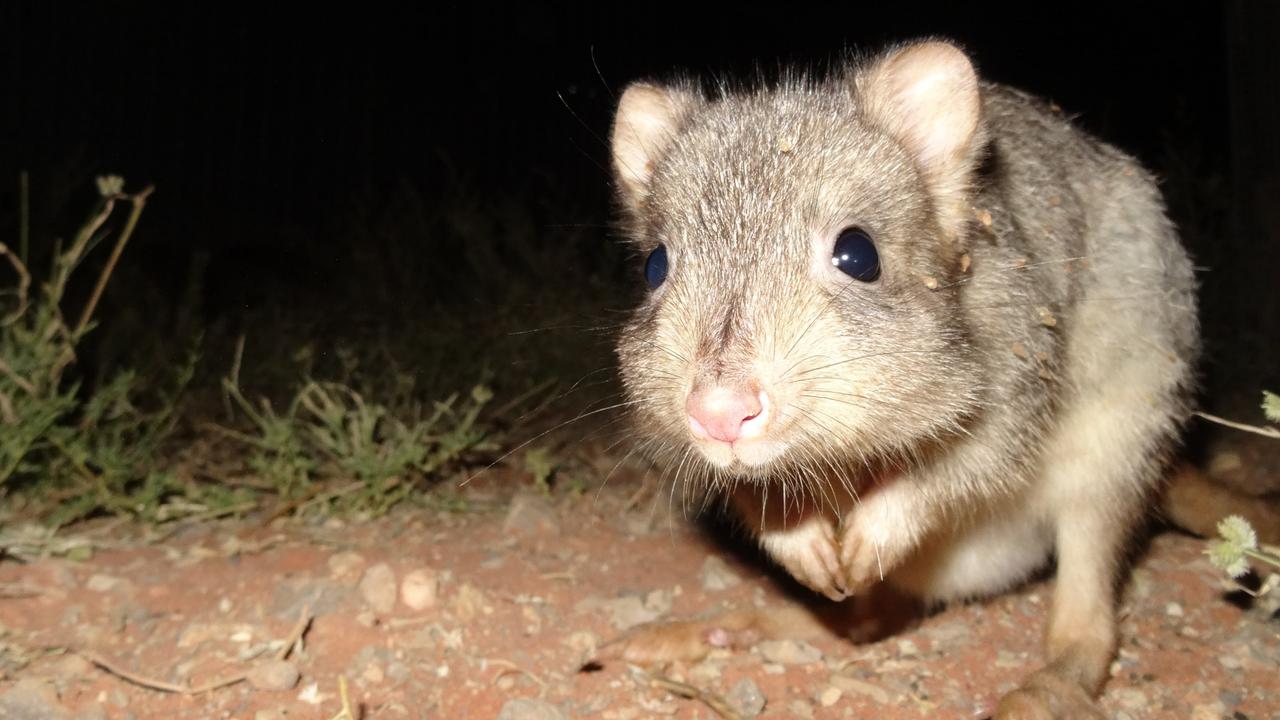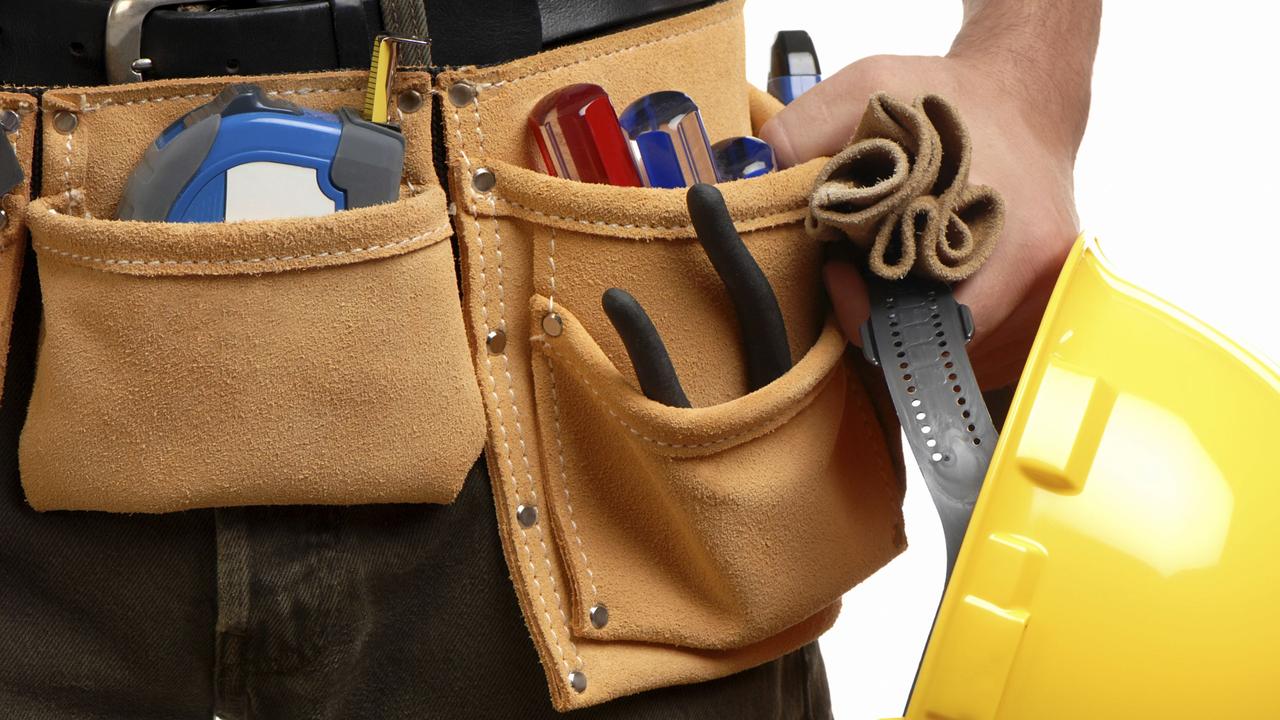Holden needs to make costly upgrades to its V6 engines or win an exemption from the Federal Government
HOLDEN insists it won’t close its Elizabeth factory early, even if the Federal Government refuses its request for an exemption form new vehicle emissions standards.
HOLDEN insists it won’t close its Elizabeth factory early, even if the Federal Government refuses its request for an exemption form new vehicle emissions standards.
The standards, which come into force in November next year, would force Holden to perform expensive upgrades for the engines on 11 models.
Two out of every three Commodores it builds — and the most popular version of the Holden Cruze small car — currently do not meet new emissions standards due in November 2016.
Holden has written to the Federal Government seeking an exemption and News Corp Australia understands authorities are likely to “rubber stamp” its approval.
But the carmaker is in limbo as the Government has been sitting on its application for at least two months.
However, Holden has moved to quash fears that its 1200 workers at Elizabeth could be out of a job 12 months early.
Holden insists its car factory will not close early — even if it does not get an exemption — because it says it will make the necessary upgrades to make the engines comply with new emissions standards.
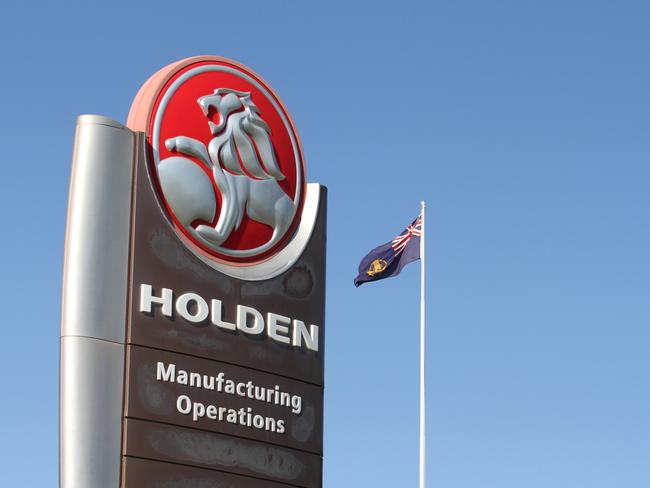
A statement from Holden said: “Our discussions with government are commercial in confidence and as such, we are not in a position to discuss details”.
“Our application (for an exemption) is designed to maximise production. We want to keep the plant, and our supply base, building as many cars as possible until the end of 2017. There is absolutely no circumstance under which this application process alone would force an early closure.”
The company added it has “a number of options available and we remain committed to building cars at our Adelaide facility until the end of 2017. There is no change to this plan”.
The models affected by the change in emissions regulations include the biggest selling cars Holden produces.
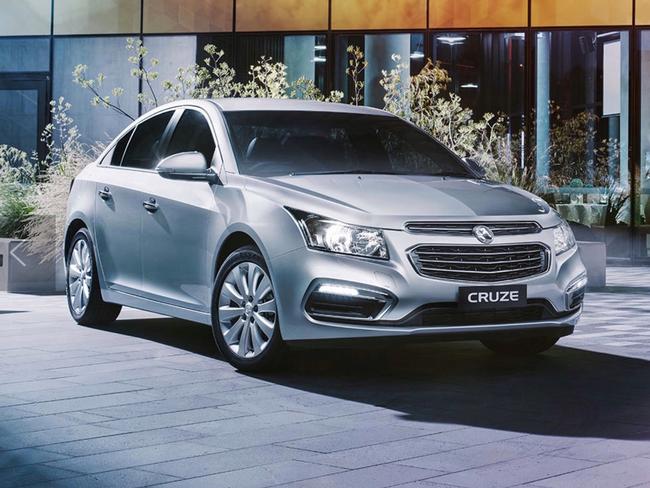
All V6 engines — which account for two-thirds of Holden Commodore sales — and the 1.8-litre four-cylinder which powers the most affordable versions of the Cruze hatch and sedan, currently do not meet the emissions standards due to come into force in November 2016.
Ironically, the Commodore V6 models affected have lower emissions than Holden’s latest V8 — which accounts for one-third of sales — but the V8 meets the tougher standards due in November 2016.
According to the Federal Government’s Green Vehicle Guide, the Commodore V6 emits between 206 and 222 grams of CO2 per kilometre from the tailpipe, versus 293 to 300 grams per kilometre for the new V8.
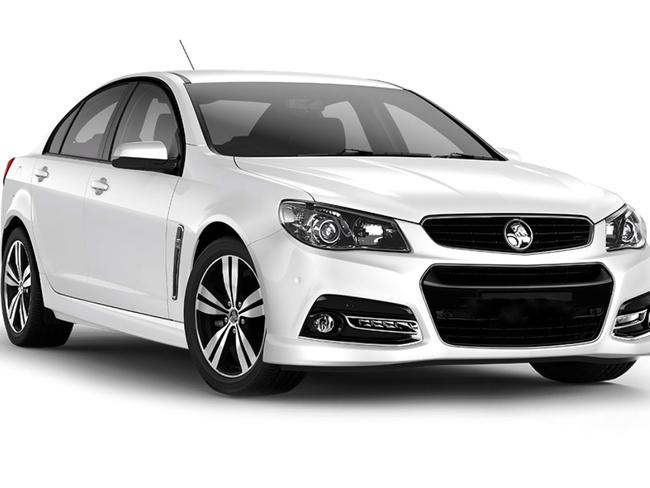
Ford does not need to meet the new emissions standards — known in the industry as Euro 5 — because it is closing its Broadmeadows production line and Geelong engine plant in October 2016, one month before the change in regulations.
Toyota, which is due to close its Camry assembly line in Altona on the outskirts of Melbourne in late 2017 after Holden, is also not affected by the changes to emissions regulations because its cars already meet the new criteria.
The tougher emissions standards being introduced in Australia in November 2016 are six years behind Europe.
The EU5 emissions standard was introduced in Europe in September 2009, and EU6 was introduced in September 2014. Australia is still at EU4.
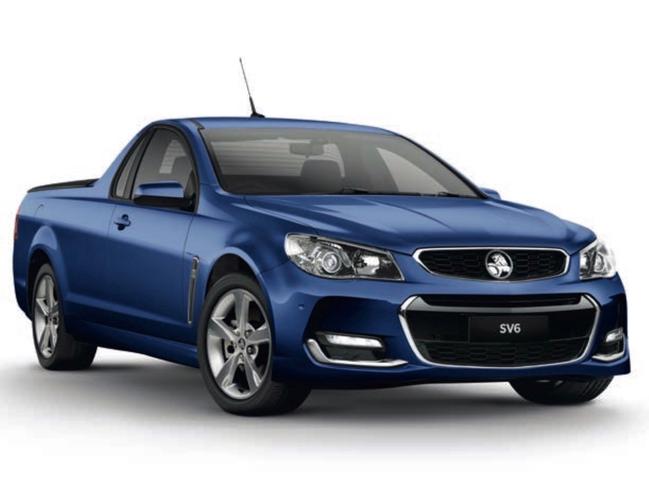
The 11 locally made Holdens that currently do not meet the new emissions standards due to be introduced in Australia in November 2016 include:
Cruze Equipe sedan 1.8
Cruze Equipe hatch 1.8
Cruze CDX sedan 1.8
Commodore Evoke V6 sedan
Commodore Evoke V6 wagon
Commodore SV6 sedan
Commodore SV6 wagon
Calais V6 sedan
Calais V6 wagon
Commodore V6 ute
Commodore SV6 ute
This reporter is on Twitter: @JoshuaDowling

